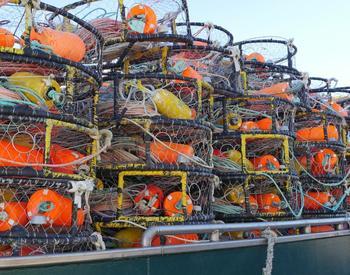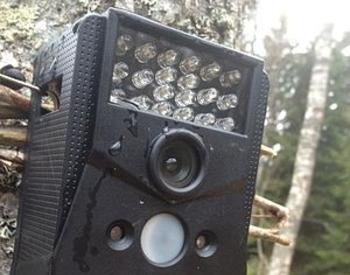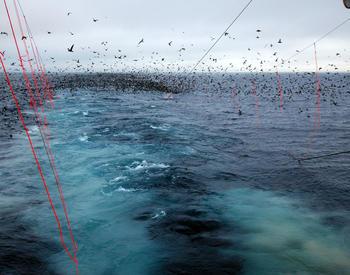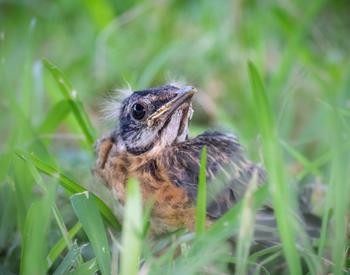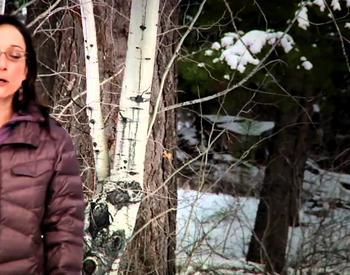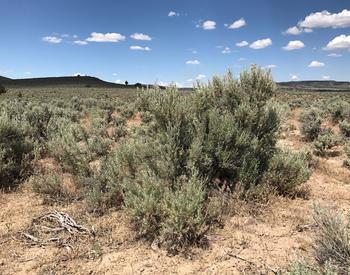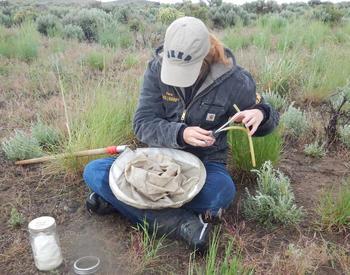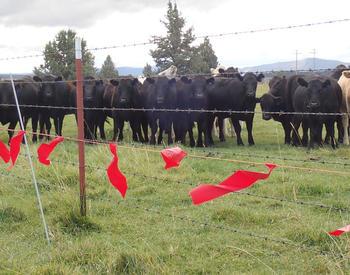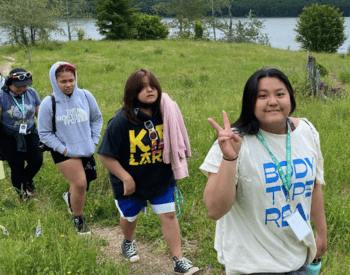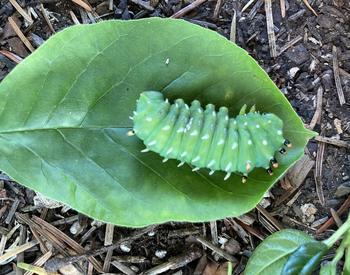CORVALLIS, Ore. – It would be nice to say, “Hang a birdhouse and they will come,” but attracting wild birds to nest in your yard isn’t quite so easy.
Don’t get discouraged if your nesting box doesn’t draw birds the first year, said Dana Sanchez, wildlife specialist for Oregon State University Extension Service. Move it to a new spot and put up more than one to give birds a choice.
It’s most important to get the size of the entrance hole correct, she added.
“The entrance diameter is really crucial so that target species can get in, but also to diminish the opportunity for birds to be attacked by predators and competitors,” Sanchez said. “Non-native birds such as house sparrows and starlings are notorious for taking up residence in nest boxes intended for native birds. And some native birds will bully out other native birds.”
Don’t hang it and forget it. Check the box regularly to see if birds are being stalked by predators. If so, you can add a block of wood with the same size hole at the entrance to create a tunnel that makes it difficult for other birds, squirrels, rats and cats to reach the babies. Other discouragements include a metal collar around the tree or post where the box is affixed or any number of baffles that you can buy or build. As always, the advice for cats is to keep them inside.
In addition to the simple enjoyment of watching mom and dad wing back and forth with food and nesting material and baby birds emerge from the nest, birdhouses are critical for mitigating habitat loss, said Nicole Strong, an Extension forestry and natural resources agent. Birds prefer dead or dying trees – called snags – but not many urban or suburban homeowners want a dead tree in their yard for safety or aesthetic reasons.
“If it’s not a hazard, leaving up dead trees gives great habitat for wildlife,” Strong said. “As they decay they provide cavities for birds. And once the trees crumble and become downed logs, they provide food for insects, grubs and other wildlife. Sick and dead trees are healthy for the forest; they’re part of the ecosystem.”
For those willing to host a dead tree in their yard, cutting off most of the branches and topping it will reduce the possibility of damage if it falls. For others, hanging birdhouses is a good alternative, Strong said. And now’s the time to get them up. Nesting time for most birds is primarily from mid-April to the end of July.
In the Extension guide The Wildlife Garden: Build Nest Boxes for Wild Birds, you’ll find instructions on how to build a simple birdhouse, placement recommendations and box dimensions for about 18 species of cavity-nesting birds, including house wrens, chickadees, woodpeckers, northern flickers, purple martins, barn owls, nuthatches and western bluebird.
If you choose to make or buy a birdhouse for one of the 45 Oregon species that build their nests in cavities, avoid those with perches, which provide purchase for predators. Though it’s fun to hang colorfully painted boxes, Sanchez recommends plain ones, which birds seem to favor. For longevity, choose untreated cedar or redwood. Metal can get too hot.
It’s not necessary, but you can line the box with wood shavings or chips. Some birds will use the material for nesting but most will build on top of it. Be sure not to use sawdust, which soaks up water and gets matted down. Clean birdhouses in fall or winter with warm water to loosen droppings. Buy or build a house made with screws so they’re easy to partially dismantle when it comes time for cleaning.
“Remember that a nesting box is just one piece of habitat,” Strong said. “They need safe access and food and water nearby. Bird feeders can be a wonderful aid, but they must be maintained. Be consistent. Don’t put them out and then take them away.”
Adding bird-friendly plants to your garden and providing a variety of shrubs in different heights for shelter will help, too. Be sure to use bird baths to offer water.

